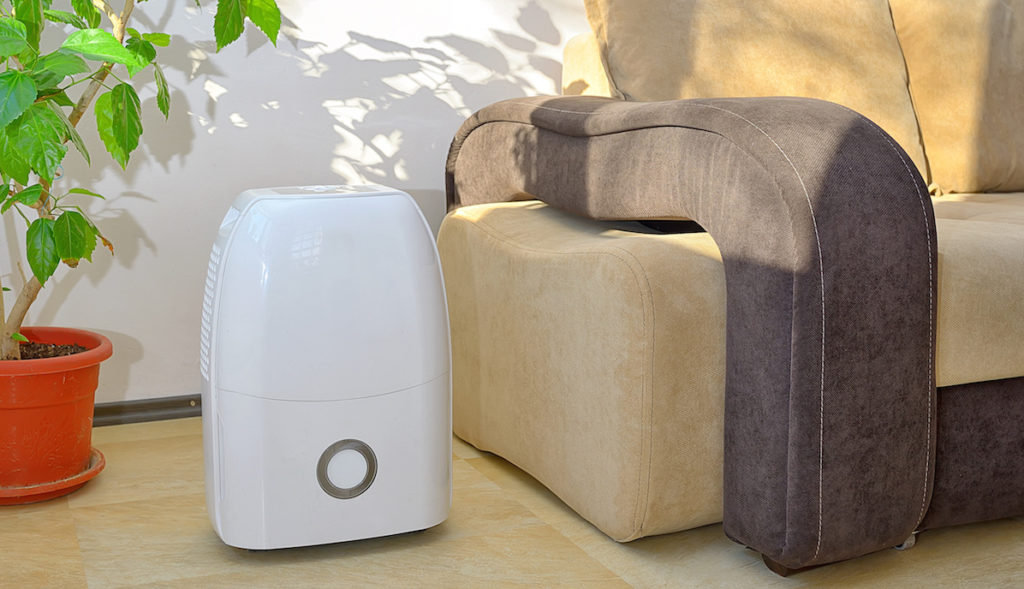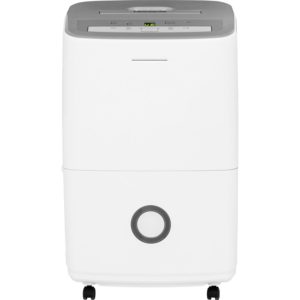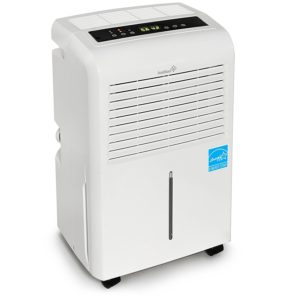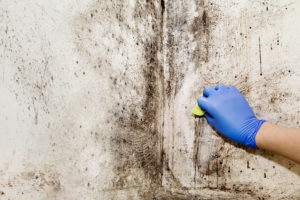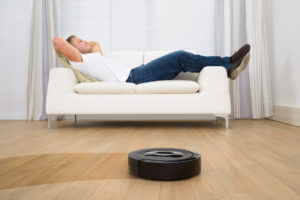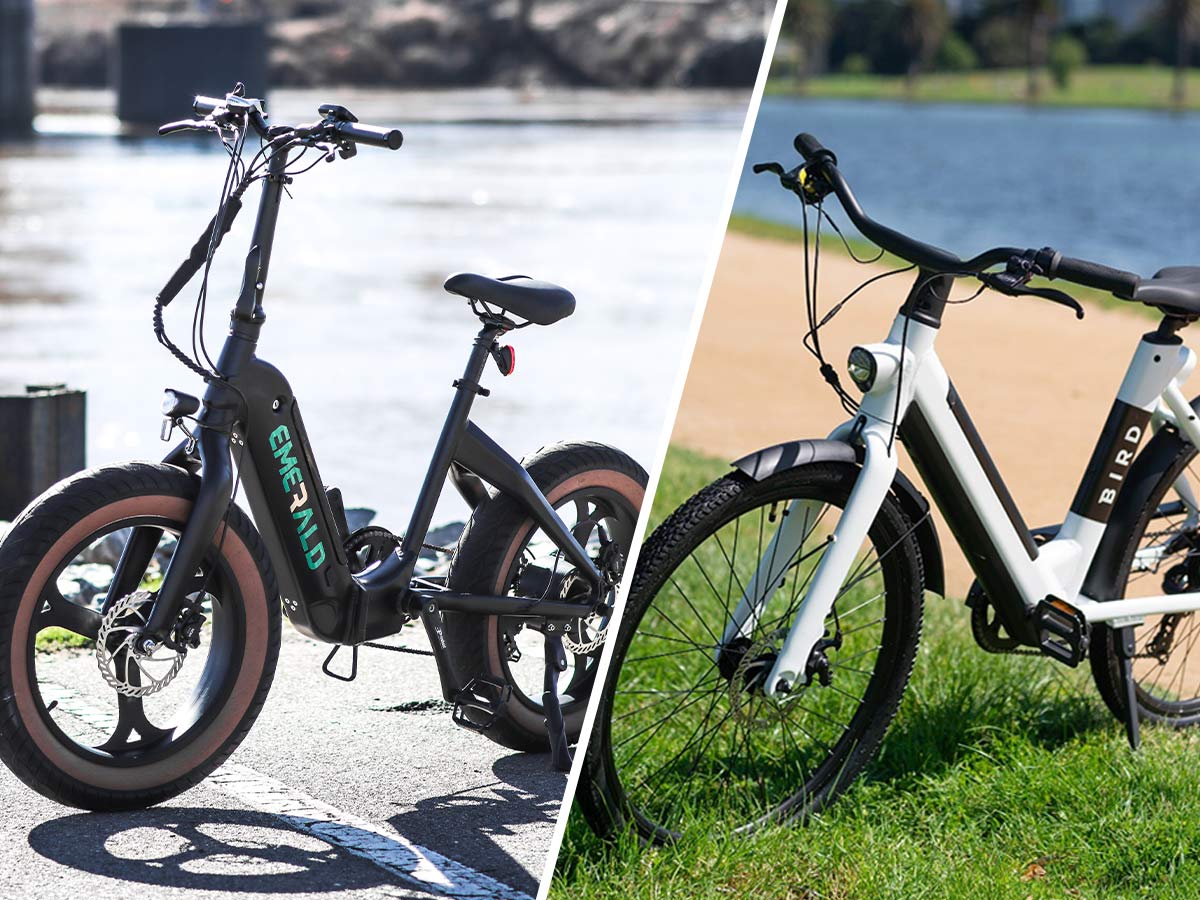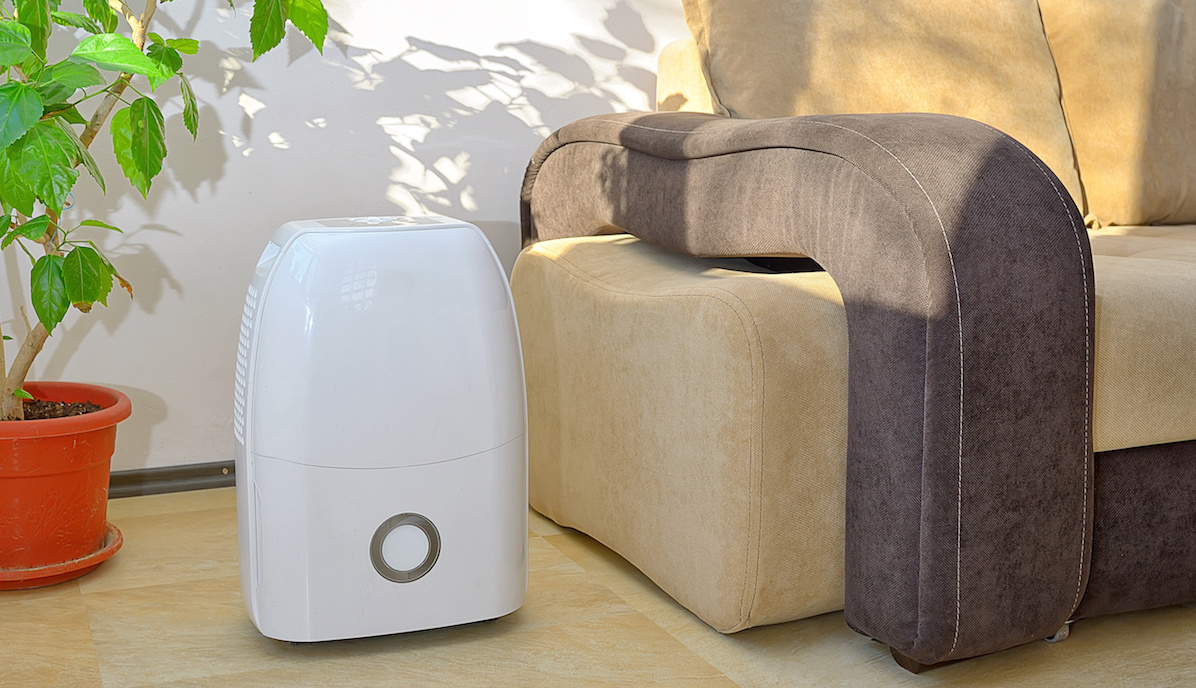If living in a humid environment is causing havoc on your home, dehumidifiers can be a godsend. Go from damp to dry with these machines that pull moisture from the air.
Anyone who has lived through a humid Southern summer will be able to tell you just how much more comfortable dehumidifiers can make your living situation. But comfort isn’t the only pro that dehumidifiers bring; they can also help to keep your home healthy.
If you have problems with dampness around your home, particularly in basements, dehumidifiers can help to alleviate the problem. A consistently damp atmosphere promotes the growth of mold and mildew. When allowed to grow in excess, these fungi not only produce musty smells that seep into walls and fabrics, but they are also known allergens that can trigger asthma attacks and cause other respiratory problems.
Damp, humid environments also promote the multiplication of dust mites. These small creatures feed on the skin cells of humans and on certain types of mold. They can be found in a variety of fabrics but are most common in carpets and bed linens. By lowering humidity levels with a dehumidifier, you can keep their numbers in check and prevent allergic reactions, other respiratory problems, and types of dermatitis linked to dust mite exposure.
There is some maintenance associated with dehumidifiers, however. As they pull moisture out of the air, there must be a place for all of that water to go. Nearly all dehumidifiers have a reservoir to collect the water vapor from the air. Most units shut off when they reach water capacity so as not to overflow. This reservoir must be emptied on a regular basis for the humidifier to keep removing dampness from the air.
Traditional in-home units with moderate capacities average between $150 – $200. The price obviously rises for units with more features or specifically made for larger spaces.
More expensive versions can be purchased that can connect to existing plumbing or have integrated draining pipes so that they can empty automatically. These models can run almost indefinitely with only little maintenance on your part.

